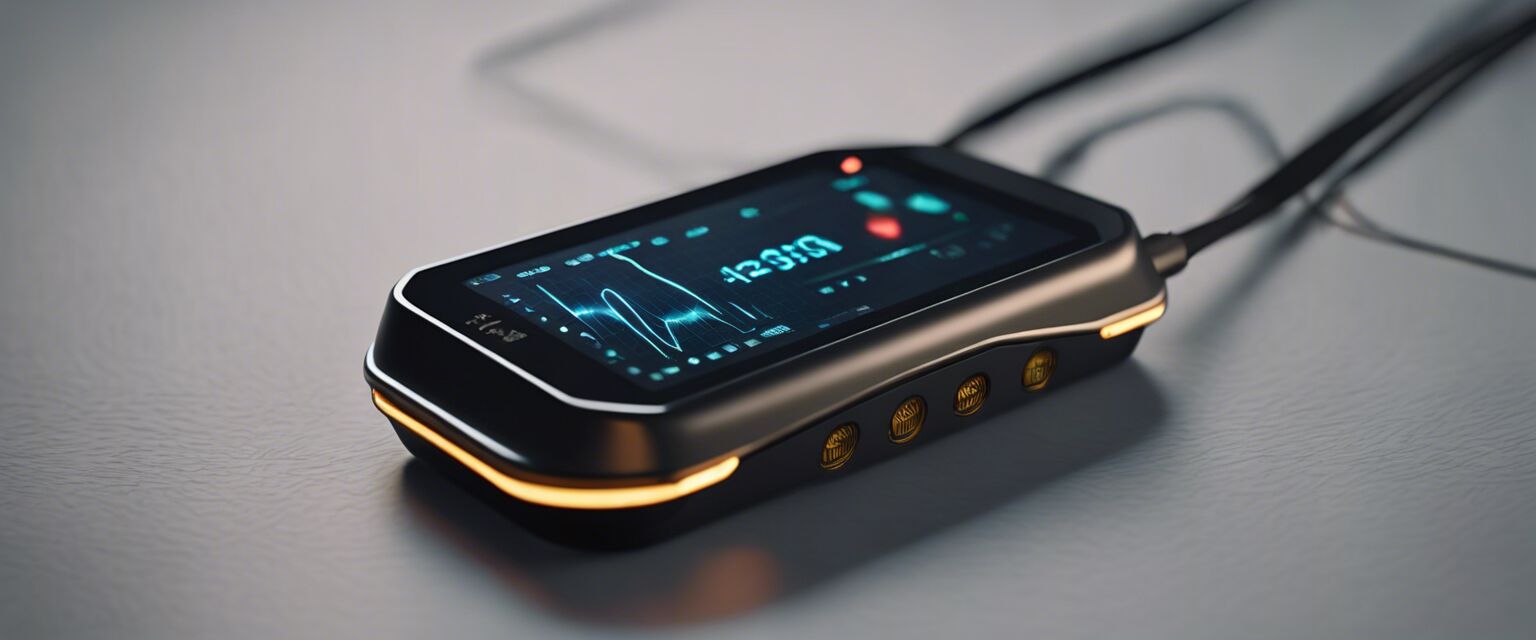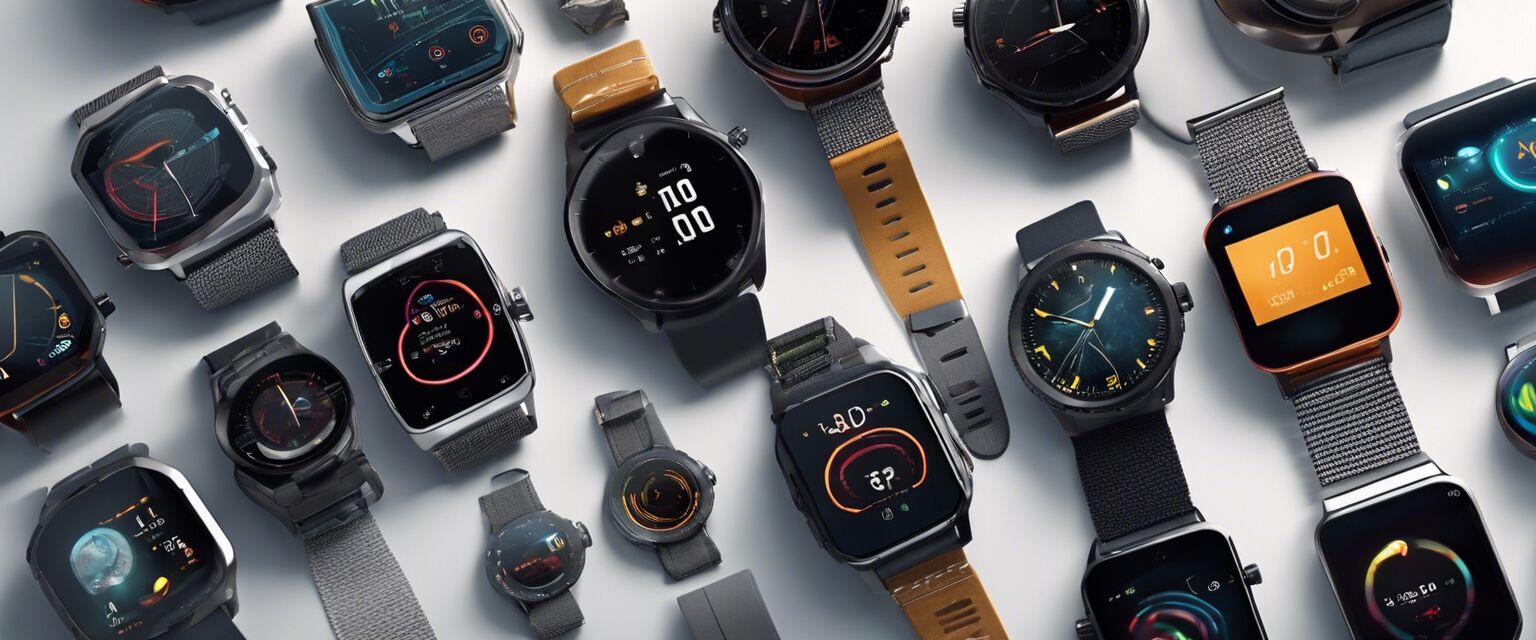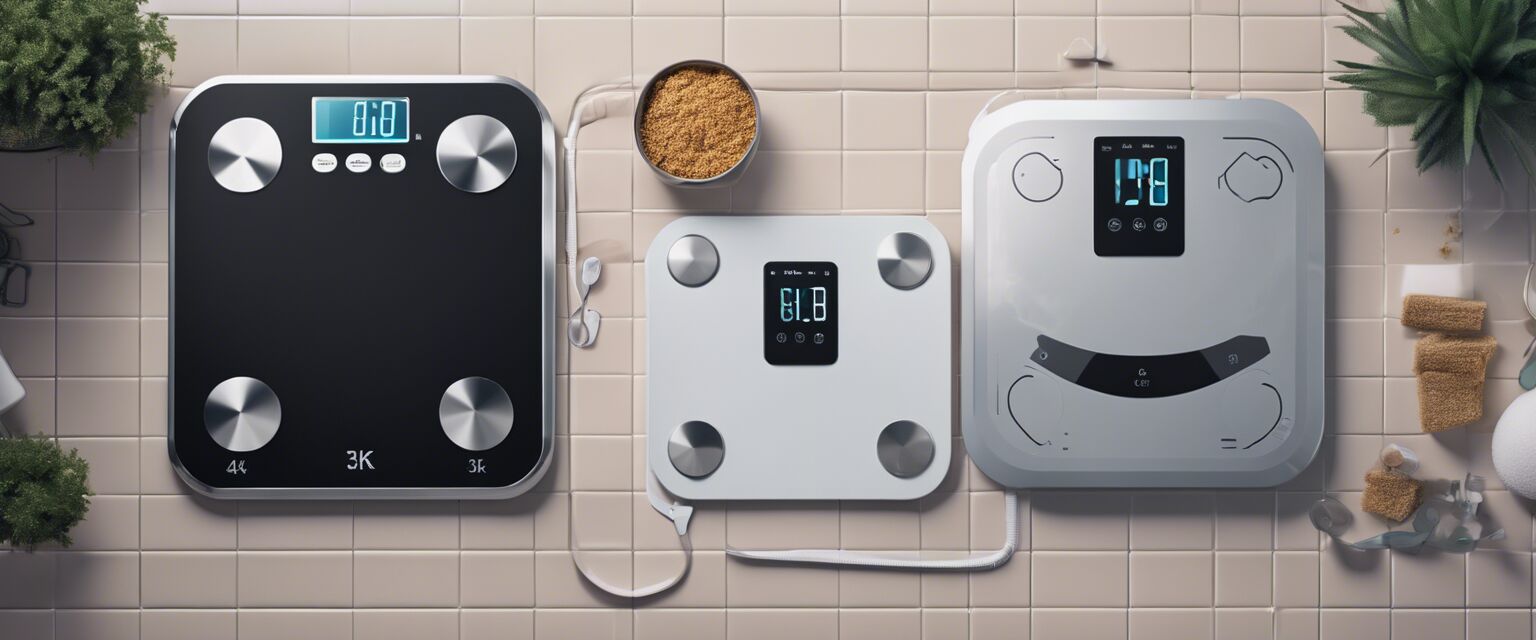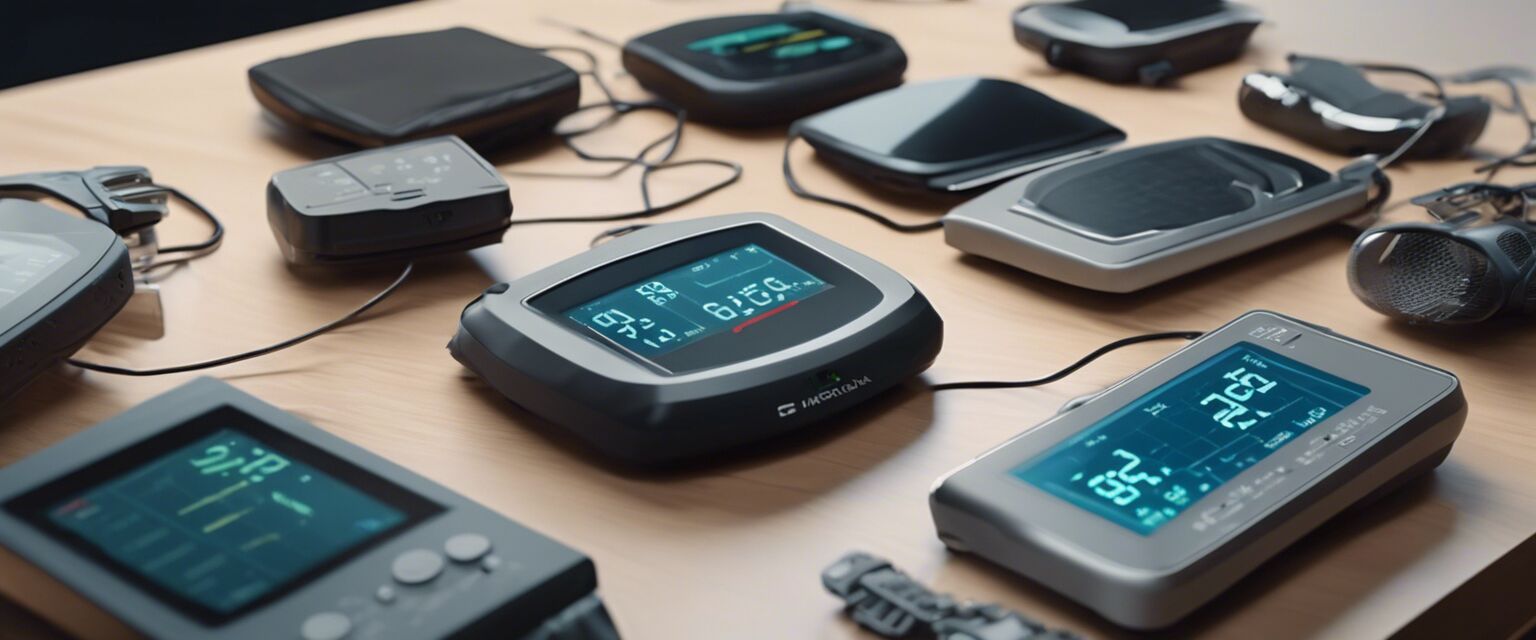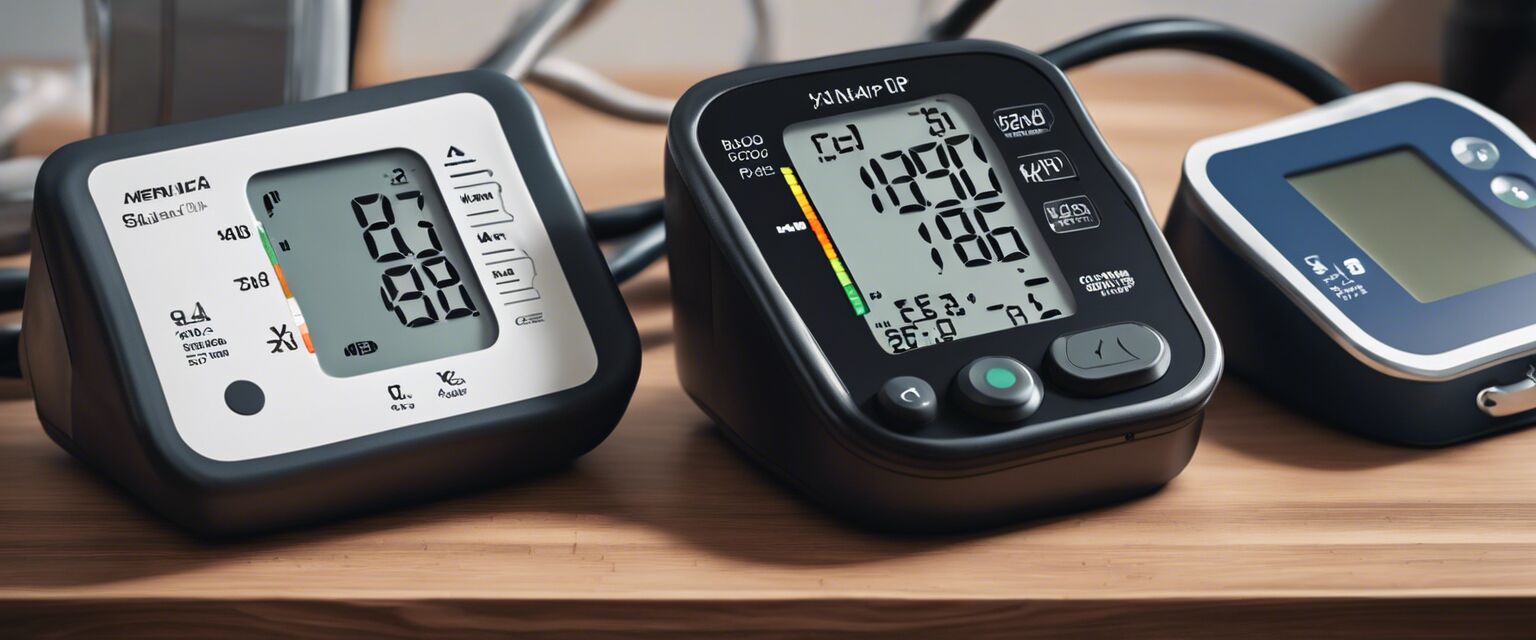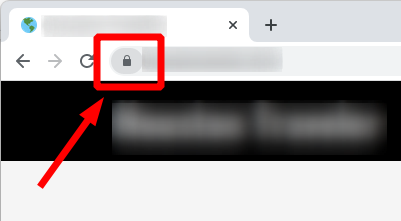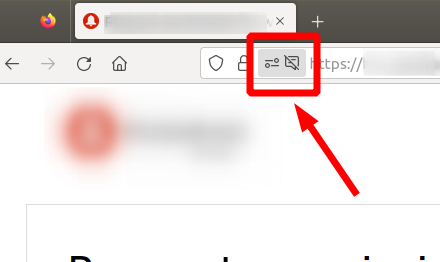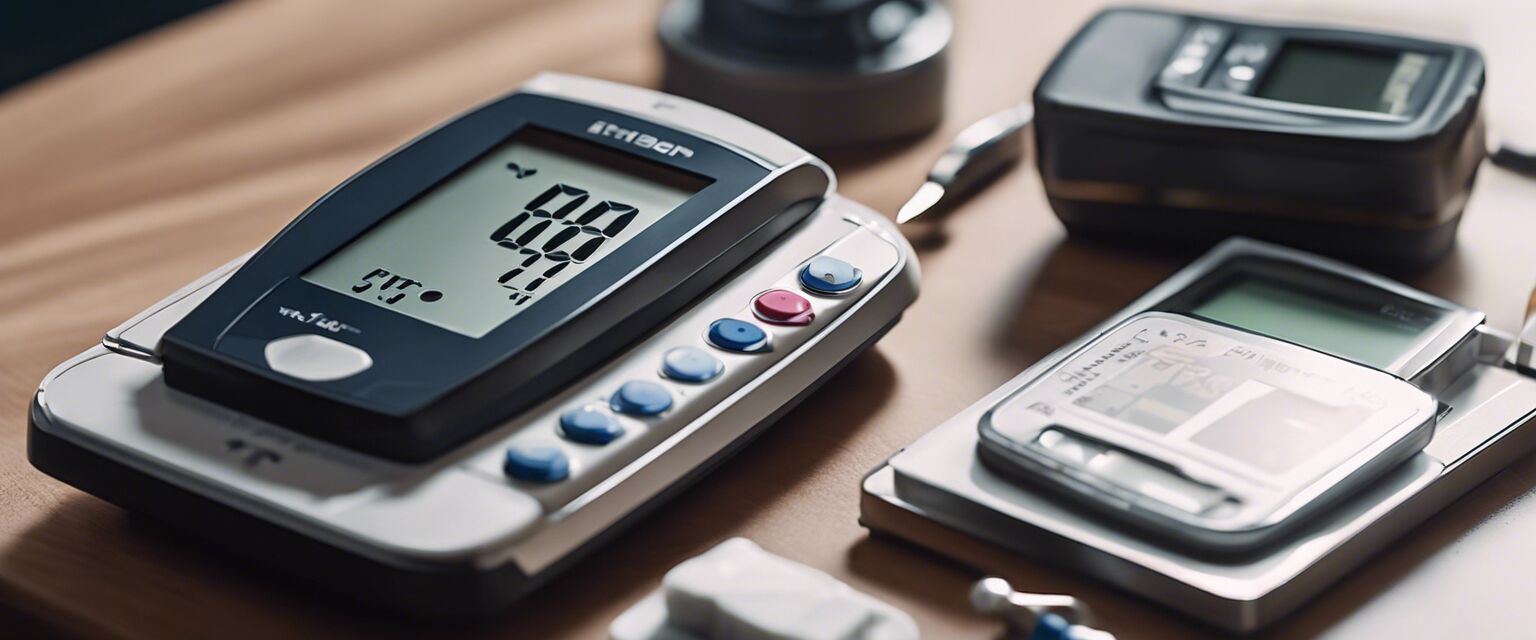
Glucose Monitoring Devices
Key Takeaways
- Glucose monitoring devices are essential for managing diabetes.
- Continuous glucose monitors (CGMs) provide real-time data and trends.
- Traditional blood glucose meters require finger pricks for readings.
- Choosing the right device depends on individual needs and lifestyle.
- Regular monitoring helps in making informed dietary and health choices.
Glucose monitoring devices have revolutionized how individuals manage their diabetes. With advancements in technology, these devices now offer more efficient ways to track glucose levels, making it easier for users to maintain optimal health. In this article, we will explore different types of glucose monitoring devices, their features, and how to choose the right one for your needs.
Types of glucose monitoring devices
| Device Type | Description | Features |
|---|---|---|
| Traditional Blood Glucose Meters | Devices that measure blood glucose levels through finger pricks. | Portable, affordable, easy-to-use. |
| Continuous Glucose Monitors (CGMs) | Devices that provide real-time glucose readings via a sensor placed under the skin. | Real-time tracking, alerts for high/low levels, data trends. |
| Flash Glucose Monitoring Systems | Systems that allow users to scan a sensor on the skin to get glucose readings. | No finger pricks, quick readings, trend analysis. |
How glucose monitoring devices work
Glucose monitoring devices operate by measuring the glucose level in the blood or interstitial fluid. Here are the core principles behind different types:
- Blood Glucose Meters: Require a drop of blood from a finger prick, which is placed on a test strip to obtain a reading.
- Continuous Glucose Monitors: Use a small sensor inserted under the skin that continuously measures glucose levels in the interstitial fluid.
- Flash Glucose Monitoring Systems: Use a sensor worn on the skin that can be scanned with a reader to obtain glucose data.
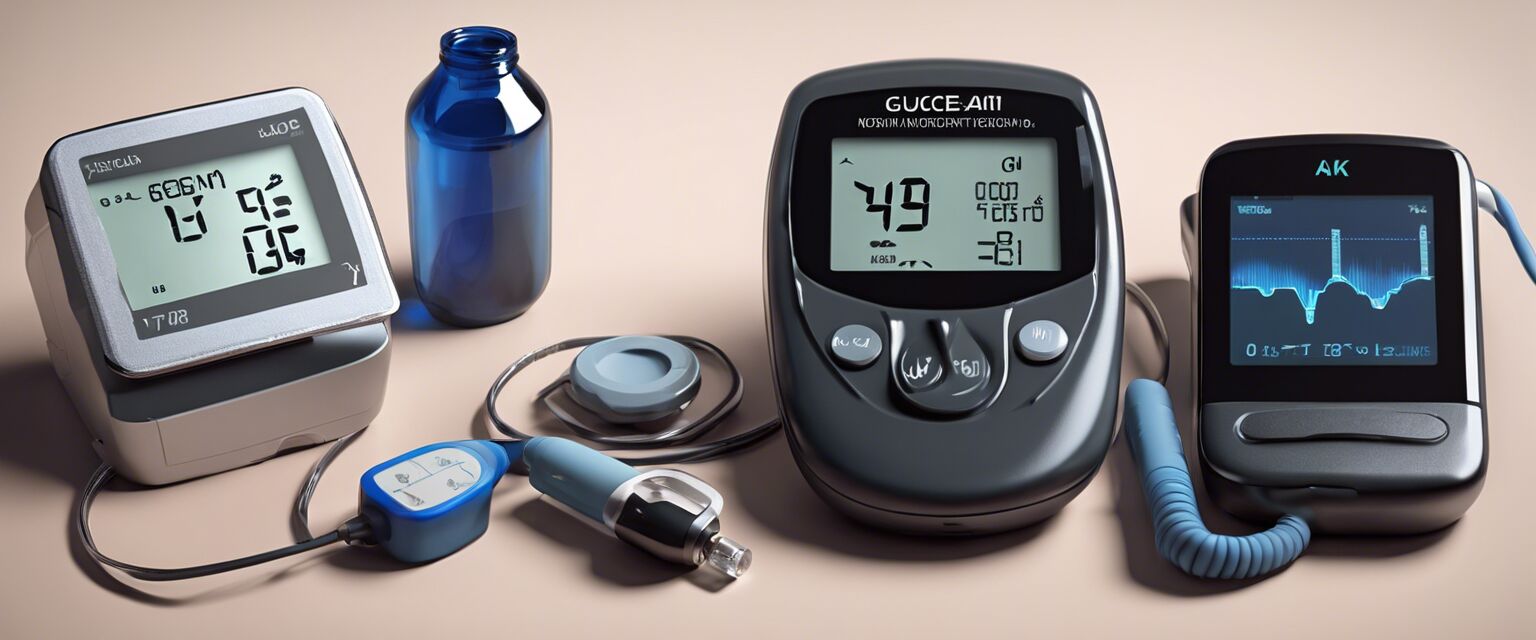
Benefits of glucose monitoring devices
Using a glucose monitoring device can provide numerous benefits, including:
- Improved glucose control: Regular monitoring helps maintain target glucose levels.
- Data insights: Users can track patterns and make informed decisions regarding their diet and exercise.
- Convenience: CGMs reduce the need for frequent finger pricks, making monitoring more comfortable.
Choosing the right glucose monitoring device
Selecting the right glucose monitoring device depends on various factors, including your lifestyle, budget, and medical advice. Here are some considerations:
- Frequency of Monitoring: Consider how often you need to check your glucose levels.
- Comfort: CGMs may be more suitable for those who prefer less invasive methods.
- Cost: Evaluate your budget and check if your insurance covers the device.
- Ease of Use: Look for devices that are user-friendly and provide clear readings.
Pros
- Continuous glucose monitoring provides real-time data.
- Less frequent finger pricks with CGMs.
- Data trends can improve diabetes management.
- Portable and user-friendly options are available.
Cons
- Initial costs can be high for CGMs.
- Some devices may require regular calibration.
- Not all devices provide the same level of accuracy.
Popular glucose monitoring devices on the market
Here are some of the popular glucose monitoring devices that users consider:
| Device | Type | Price Range | Key Feature |
|---|---|---|---|
| Device A | Traditional Meter | $10 - $50 | Easy to read display |
| Device B | CGM | $200 - $300 | Real-time glucose data |
| Device C | Flash Monitoring | $150 - $250 | Convenient scanning feature |
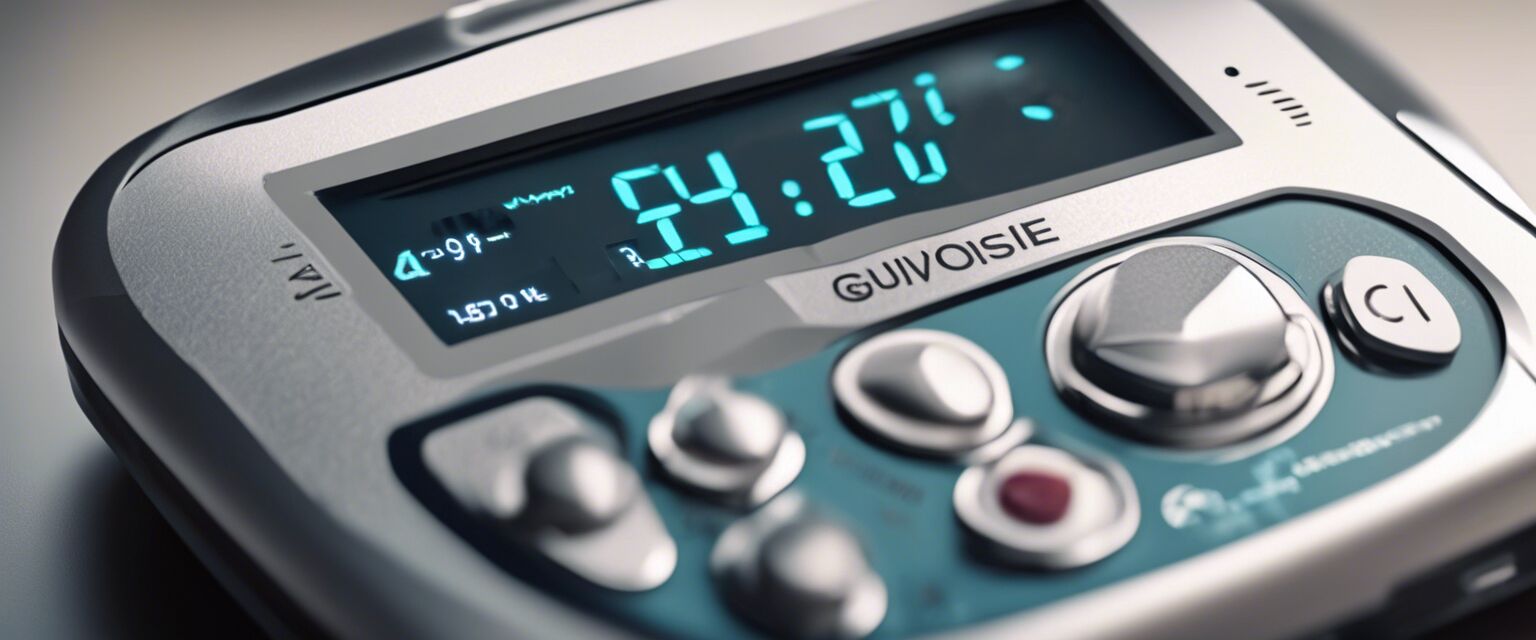
Conclusion
In conclusion, glucose monitoring devices are vital tools for effective diabetes management. With various options available, it's crucial to choose a device that aligns with your lifestyle and monitoring needs. Continuous glucose monitors offer advanced features, while traditional meters provide simplicity and affordability. By understanding your options, you can make an informed decision to maintain your health.
Tips for beginners
- Start with a traditional blood glucose meter if you are new to monitoring.
- Consult with your healthcare provider to determine the best device for you.
- Keep a log of your readings to identify trends over time.
- Educate yourself on how to interpret glucose readings.
